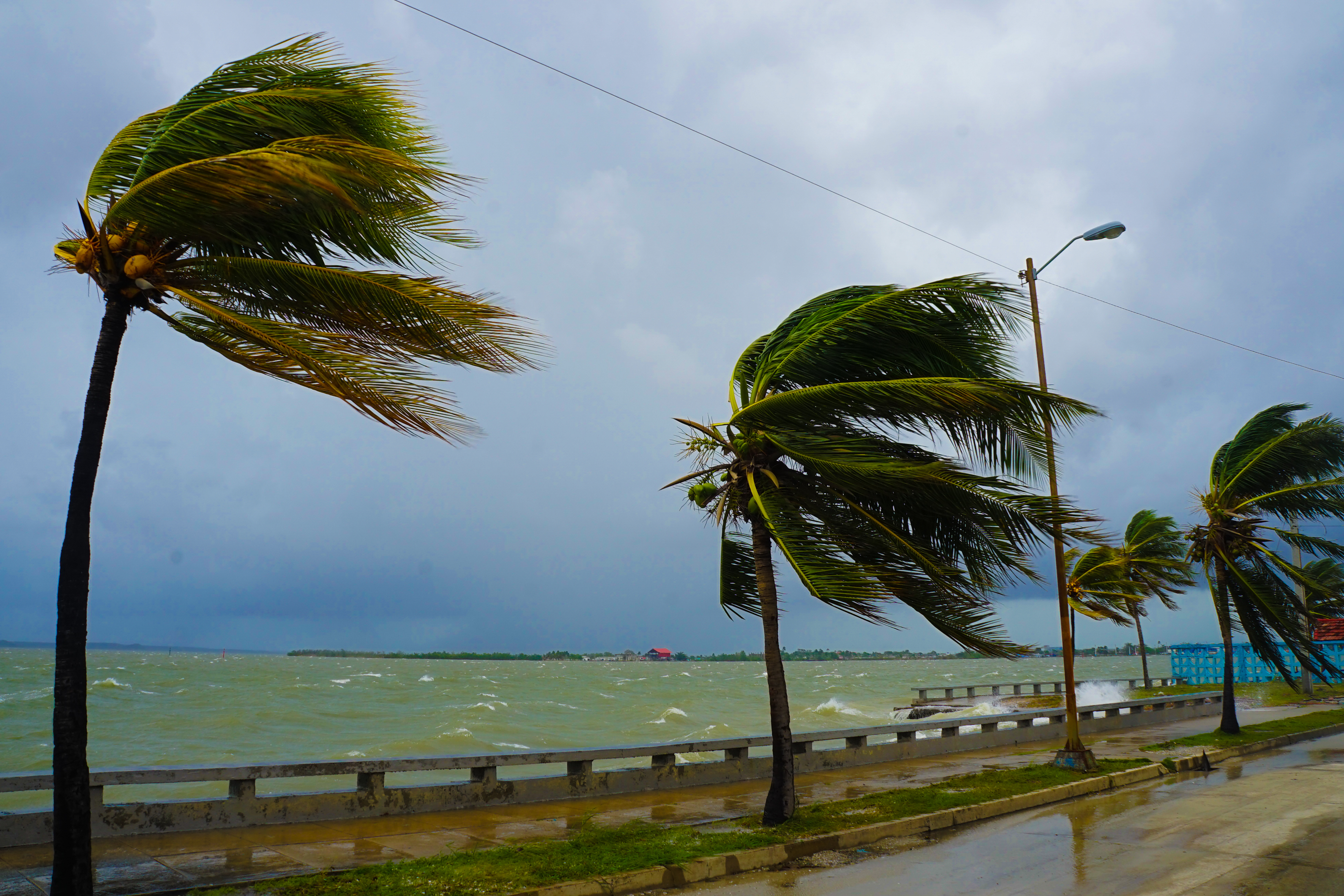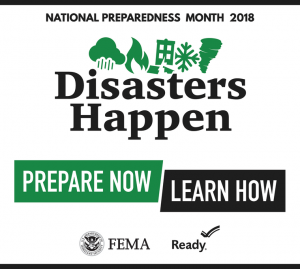National Preparedness Month: Disaster Communications Planning

 Every September, the Federal Emergency Management Agency (FEMA) recognizes National Preparedness Month. The devastating hurricanes, earthquakes, wildfires, and other disasters that have affected millions across the world in the past few years serve as a crucial reminder about the importance of being prepared. An important part of planning for a disaster is making a disaster communications plan. Who would you communicate with during or after an emergency, and how would you get in touch with them?
Every September, the Federal Emergency Management Agency (FEMA) recognizes National Preparedness Month. The devastating hurricanes, earthquakes, wildfires, and other disasters that have affected millions across the world in the past few years serve as a crucial reminder about the importance of being prepared. An important part of planning for a disaster is making a disaster communications plan. Who would you communicate with during or after an emergency, and how would you get in touch with them?
Did You Know…
- In 2005, Hurricane Katrina knocked out the terrestrial infrastructure in the coastal areas of Louisiana & Mississippi. The telephone lines of almost 3 million customers were knocked down & more than 25 million calls failed.[1]
- In 2012, Hurricane Sandy knocked out 25% of the cell towers in the New York City area.[2]
- In 2017, due to Hurricanes Irma and Maria, more than 95% of cell sites were out in Puerto Rico and 77% of cell sites were out in the Virgin Islands.[3]
Disaster Communications Preparations
As we enter into this year’s National Preparedness Month, take a few moments to review the basics of creating a communications plan for you and your loved ones during and after an emergency.
(1) Create an Emergency Contact List
Create a list of key contacts and phone numbers. Make sure to include:
- Family members
- Close friends
- Insurance agency
- Local government
- Local hotels
- Roadside assistance
Once you’ve completed your list, make sure to print it out in case you lose power before, during, or after an emergency. If a disaster is approaching, store this list in a plastic bag or other water-proof container along with other important documents
(2) Consider Satellite Communications
Reliable communications can make all the difference when traditional networks fail. A satellite phone or other satellite-enabled communications can work even when cell towers and other tradition systems are out, making it a good resource for your emergency kit.
At Iridium, we are proud to provide critical connectivity that operates reliably, effectively, and efficiently. Our satellites, which are in a low-earth orbit, are less susceptible to storms, earthquakes, floods, fires, and other disasters.
Tip! If you have a satellite phone, make sure to test it monthly.
How to Test Your Satellite Phone
- Test your Iridium satellite phone monthly at 00-1-480-752-5105.
- Keep your satellite phone charged and detach the battery before you put it in storage, so the battery doesn’t drain.
- Place calls in an unobstructed outdoor area with a clear view of the sky.
- Refer to the user guide for proper use and additional instructions.
- Register Iridium satellite devices with an integrated SOS button (Iridium Extreme®, Iridium GO!®, Iridium Extreme® PTT) for emergency services at geosalliance.net.
- Have a solar charger for charging in situations when the electrical grid is damaged. (Example: Solstar)
- Have your Iridium Service Provider’s phone number for assistance.
Visit our YouTube channel for guided support through testing your Iridium satellite phone or device.
(3) Sign Up for Emergency Alerts
There are several ways to get emergency alerts:
- Enable the federal alert / emergency notification system on your iPhone or Android device
- Set up Twitter Alerts from FEMA
- Bookmark your city or county website for storm updates and local emergency instructions
(4) Plan to Contact Love Ones After an Event
- Charge your communications devices before a disaster hits and limit usage during the storm to conserve your battery.
- Use your satellite phone or enabled-device to communicate.
- If using a traditional phone, try making calls during off-peak hours. If calls aren’t working, try sending text messages or emails.
- Designate an out-of-town emergency contact to notify after a disaster. Ask your other loved ones to connect with him or her for updates on you.
- Mark yourself as “Safe” on Facebook after an emergency.
- Note: If you or a loved one has a serious, pre-existing health or mental health condition, you may also initiate an Emergency Information Request by calling your local American Red Cross Chapter or 1-800-RED-CROSS.
Sources: [1] Space.com, [2] The Hill, [3] Federal Communications Commission (FCC)

